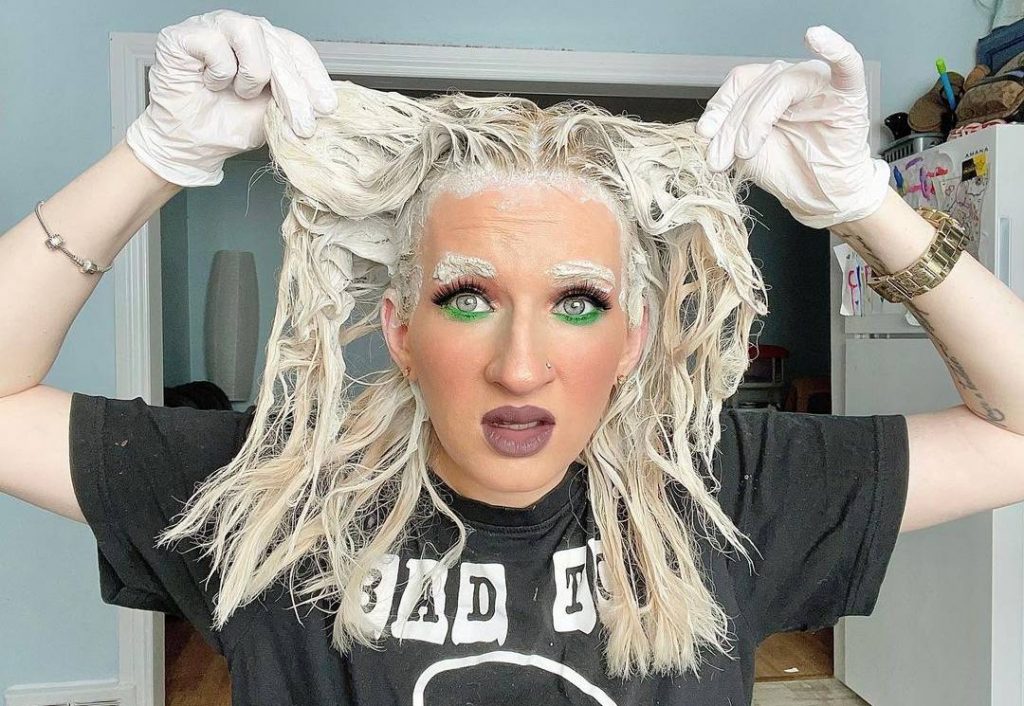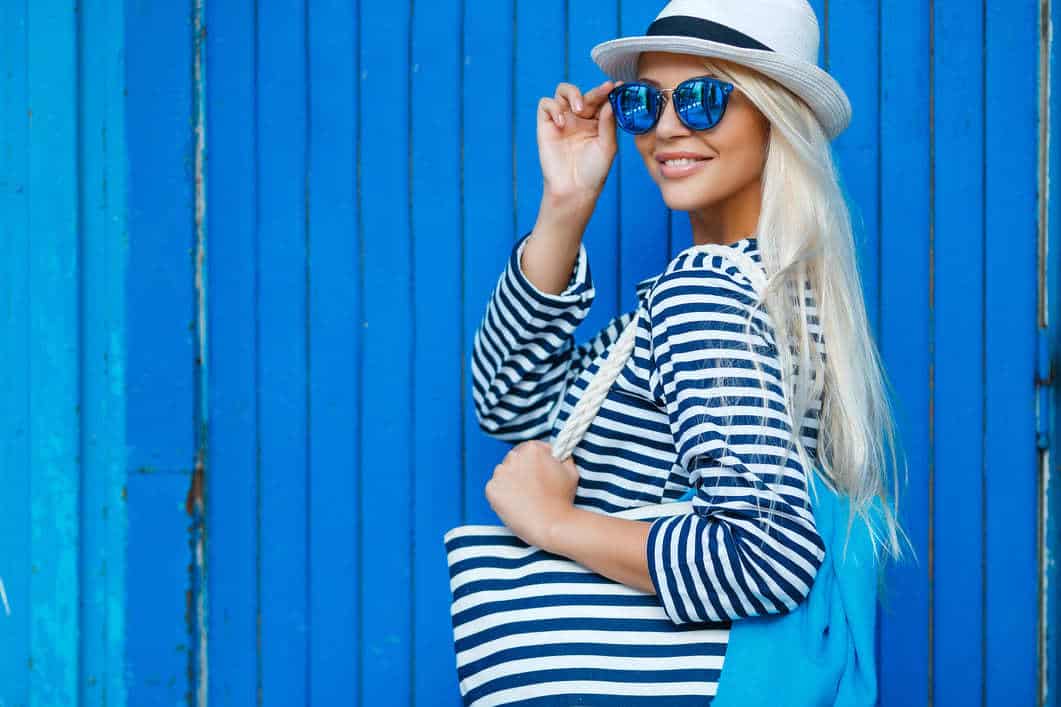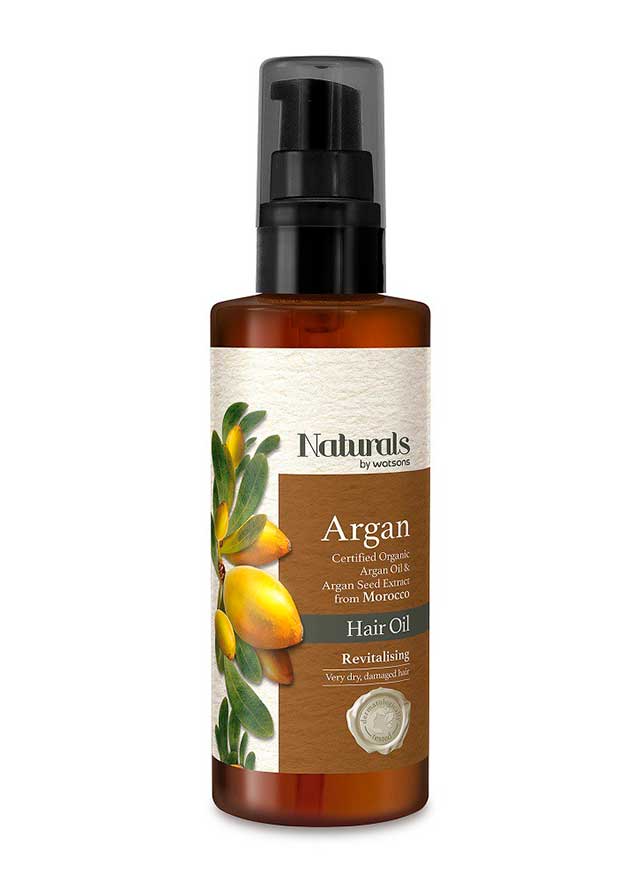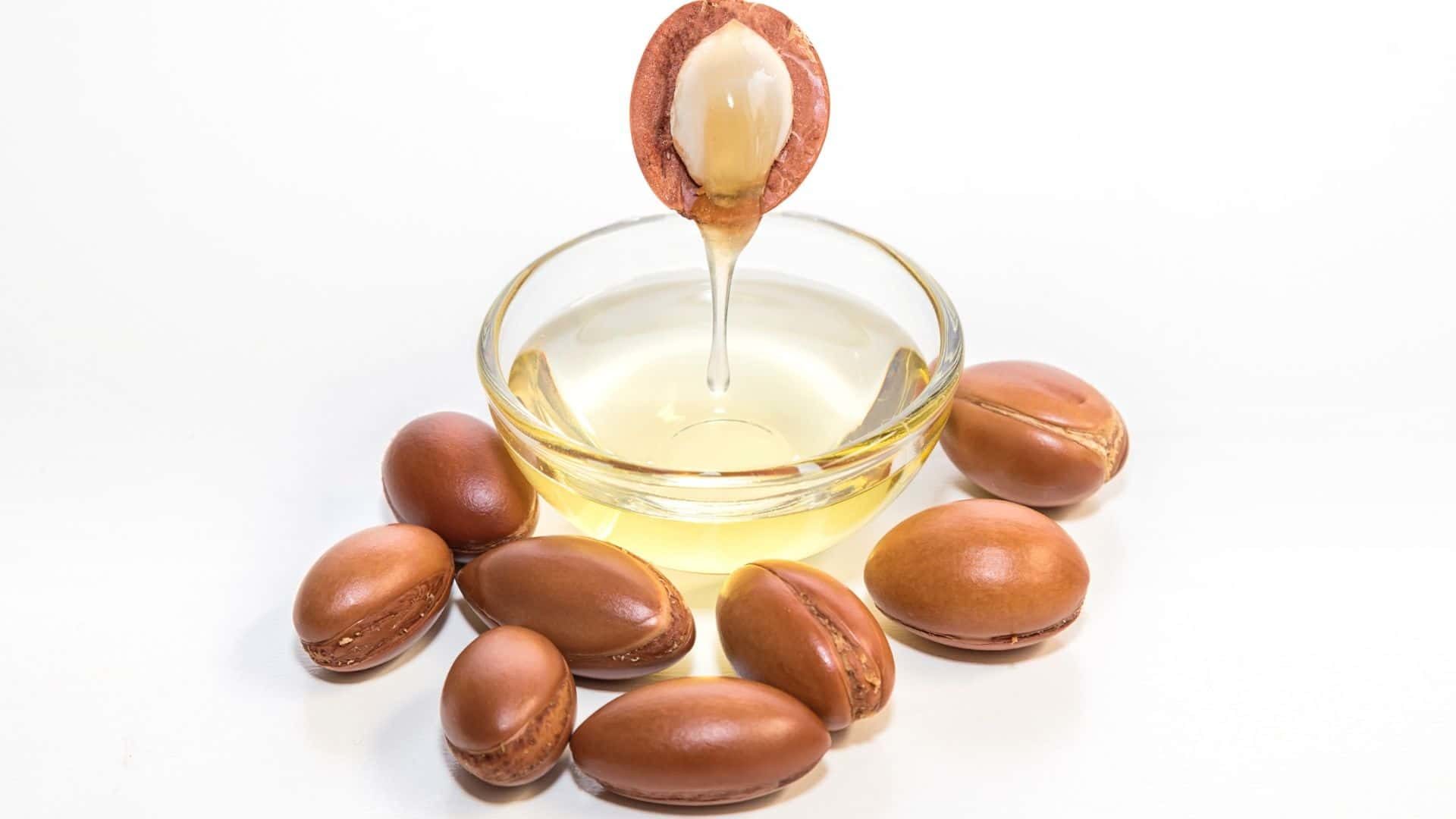Table Of Content

They know how long to leave bleach in hair to help customers achieve good hair. The amount of time that you leave the bleach on your hair is completely dependant on the colour and condition of your hair. Keep checking your hair every 10 minutes so you can keep an eye on the development that the bleach is making to your hair. Darker hair will take a lot longer to lift than a lighter colour, however, we do not recommend going over the 40-minute mark when bleaching. You shouldn’t bleach your hair more than once every 8 to 10 weeks because hair bleaching can lead to chemically damaged hair.
The Difference Between Hair Volume Developer Strengths
Kits also typically provide you with the necessary tools, like a plastic bowl, an application brush, and latex gloves—but read the box carefully to make sure. Speaking of which, follow the label included since instructions can vary among products. There’s no one-size-fits-all rule on the amount of time you should leave bleach on your hair.
How To Safely Bleach Your Hair At Home For The White Blonde Look Of Your Dreams - Bustle
How To Safely Bleach Your Hair At Home For The White Blonde Look Of Your Dreams.
Posted: Mon, 21 Mar 2016 07:00:00 GMT [source]
Mix the Bleach and Developer
This is also the case if you had already lifted the hair previously and are on your second or third bleaching process. The 10 volume hydrogen peroxide developer is the lowest available concentration. Because of its low concentrations and gentleness, it can stay a maximum of 45 minutes. Besides your hair will still be safe and will have little to no hair damage. Even with less percentage of hydrogen peroxide, it’s still strong and could also leave burns on the scalp not to mention sensitivity and irritability. The best time to leave the bleach in would be 15 to 30 minutes maximum.
How To Tell When It Is Time To Remove The Bleach?
This is a great choice if you want your hair to be no lighter than a couple of shades on the color wheel. If your desired hair color is not more than two to three shades lighter than your natural color, you should use a 30 volume developer. The strongest developer, 40 volume developer, can dramatically alter your hair’s color and cause permanent damage if used incorrectly.
If you leave the bleach in for a really long time, you could burn your scalp and have permanent hair damage. In general, healthy virgin hair tends to lighten more quickly since it hasn’t undergone any chemical processing. First-timers should be especially cautious about letting bleach sit for longer than necessary. The same goes for fine hair types, as fine strands lift faster than thick or coarse ones.
Follow the instructions from your chosen hair bleach and combine the pre-portioned lightener and developer in a bowl. Remember always to wear gloves when handling these formulas. You sometimes hear (even from hairdressers) that bleaching is an incremental process, especially when going from dark to blonde level 10. If your client's hair is dark blonde/light brown (level 5-6), aim at around 30 minutes using 30 Vol developer. Bleach bath hair is a gentler bleaching process that mixes bleach with shampoo to dilute the strength of the bleach. According to the American Academy of Dermatology, hair bleach works by altering the natural pigment of your hair, allowing for a spectrum of lightening effects.
How to Fix a Bad Layered Haircut Yourself: DIY Step-by-Step Tutorial
At this point you need to make fresh bleach mix and reapply on all the sections which have not lifted enough. The thing to understand about bleach is that as long as the mixture is moist, it will keep acting on the hair. These are the most prevalent side effects you can expect from leaving bleach in your hair for too long. Remember to set a timer, and by following the above tips, you will get the exact shade of hair you want every time. The Editorial Team is comprised of several freelance hair enthusiasts that share a love of hairstyles, haircare, and hair products.
Oliver Adams is a hair colorist and a top artist for both Wella Colorcharm and Clairol Professional. When bleaching the root area, try to stay around 1/8 inch away from the scalp itself. To do this, make a very small amount of bleach and developer mix. Use Pearl Blonde Toner 10V or Silver Blonde Toner 10B if you are have already achieved a true level 10 and you are looking to do a refresh toning applications.
How Long to Leave Bleach in Hair
Lift the shower cap and check your hair’s lifting progress. You can achieve 1 to 2 levels of lift when you use 20 vol developer in your bleach mixture. For 3-4 levels of lift, you’ll have to use 30 or 40 vol developer. You have to carefully monitor your hair’s lifting progress with these harsher options and are more likely to damage your hair.

Lightening your hair more than three shades requires higher volumes of peroxide, which causes more hair damage. Once you apply the bleach and developer mixture to your hair, it has to stay there for a bit to process. It takes time and heat for bleach to effectively lighten your hair color. Most of the time, you’ll leave the bleach mixture on your hair for anywhere from minutes. When bleaching dark hair to blonde, you may discover that once you have washed out your first attempt at bleaching that your hair is orange.
The Manic Panic High Voltage Classic Colour Virgin Snow Toner was created specifically for toning reasons, providing an even neutral white hair colour base. By starting with this white base colour, you will achieve the brightest and best results when applying your chosen Manic Panic coloured dye. If you’re bleaching your hair multiple times, proper aftercare is even more important. Nourishing your hair will mitigate breakage and hair loss. If your hair is dyed blonde, then a purple-toned shampoo can keep your hair color healthy. Some are particularly geared toward preventing orange discoloration for women with blonde hair.
For each of the sections that you’ve divided, you’ll follow the below instructions. Kandasamy and Adams both suggest taking small portions within the sections of your hair and saturating the strands to make sure the hair is completely covered. But not all developers have equal cuticle- and color-lifting power. The weakest developer, 10 volume, is only used to deposit color and won’t lift because it contains only 3% peroxide. You may know how to bleach your hair, but the most important part of the process is timing.
Be mindful of which type of bleach you are getting for your hair. Here are a few ways to tell if you can safely bleach your hair again. The guidelines mentioned above are only guidelines, not hard and fast rules. Even after two weeks have passed, your hair may not be ready for another round of bleach. You’re likely to notice a bit of damage at the ends, so it’s wise to get a cut to get rid of it before it becomes worse.
They are ammonia-free, PPD-free, so very gentle to use and perfect for the hair after what has perhaps been a very strenuous bleaching session. You check, then you re-apply fresh mix straight onto the hair this time (20 Vol only, remember). If it does look like this, it means that hair has not lifted to level 10. If for some reason you have overlapped some of the bleach mixture onto the white, don't worry.
You should never leave bleach mixed with 20 vol developer on your hair for more than 30 minutes. 1.Peroxide – This is the strongest option since it contains 10% or more hydrogen peroxide. Over time, the hydrogen peroxide will lift the color of your hair without damaging it too much. It’s perfect for stripping hair color and bleaching dark hair to light blonde.






